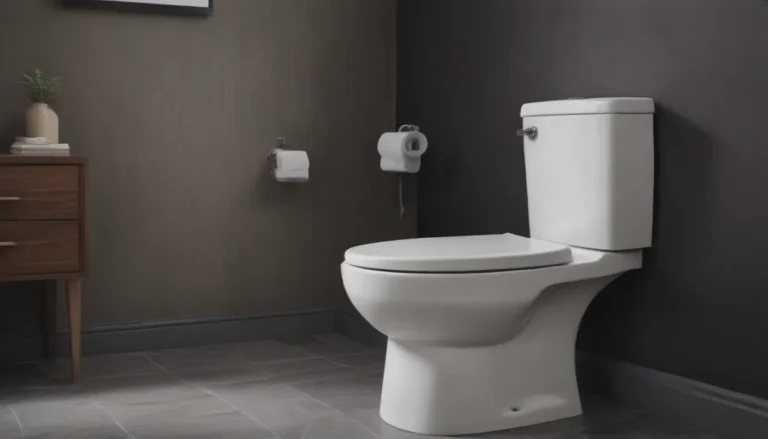Demystifying Electrical Wire Labeling

Have you ever found yourself puzzled by the various labels on electrical wires? Fear not, for we are here to shed some light on this important aspect of electrical projects. Whether you’re a seasoned electrician or a DIY enthusiast, understanding wire labeling is crucial for choosing the right products for your needs. Let’s delve into the world of electrical wire labeling and decode the letters, numbers, and wording that often adorn these essential components.
Decoding Wire Labels
The letters, numbers, and wording on wiring labels serve as a roadmap to help you navigate the vast array of electrical wires available. These labels provide vital information such as the wire material, wire size, and type of insulation used on the conducting wires. Whether you’re dealing with individual insulated wires or insulated cables containing multiple wires, decoding these labels is key in selecting the right wire for your project.
Labels on Non-Metallic Cable (Romex)
Non-metallic (NM) cable, commonly known as “Romex,” is a popular choice for home wiring. This type of cable typically consists of two or more insulated conducting wires and a bare ground wire encased in a flexible plastic jacket. The labels on the outer sheathing of NM cable convey important details such as the wire size, wire material, number of wires in the cable, maximum voltage rating, and the presence of a ground wire.
Here are some examples of common labels found on NM cables used in home wiring:
– 14-2G:
– 14-3G:
– 12-2 w/G:
– 12-3 w/G:
– 600 V:
– TYPE NM-B:
Underground Feeder Cable
When it comes to outdoor or wet locations, underground feeder (UF) cable is the go-to choice. This special type of non-metallic cable is designed for direct burial in the ground or other unprotected locations. UF cable is distinguishable by its gray color and labeled as “UF-B,” often accompanied by “Sunlight Resistant” or similar wording. The symbols used on UF cable labels mirror those found on standard NM cables.
Labels on Individual Wires
Individual insulated wires are commonly used in home wiring projects that involve conduit. These wires are purchased by the spool and are essential for running wires through protective tubing. The labeling on individual wires primarily focuses on the wire insulation, which plays a crucial role in maintaining electrical safety. Some common types of wires used in home wiring include:
– T:
– H:
– HH:
– W:
– X:
– N:
Understanding Low-Voltage and Thermostat Wires
Apart from standard electrical wires, low-voltage wiring also plays a significant role in home installations. Thermostat cables, paired insulated wires for landscape lighting, phone wires, network wiring, and TV cables all fall under the low-voltage category. These wires serve various purposes around the home and are crucial for controlling devices and systems.
Thermostat Wires
Thermostat cables are akin to NM cables but come with four or more small insulated wires and no ground wire. Each wire is color-coded, making it easier to connect to the appropriate terminal at the thermostat and the equipment it controls. While color coding may vary, the lettering on thermostat terminals is relatively standard:
– C:
– R:
– Rc:
– G:
– W:
– Y:
Landscape Lighting Wires
Wire used for landscape lighting systems is typically black and features stamped labels on the insulation. These labels provide information on wire size, number of wires, and other properties essential for outdoor lighting installations.
From deciphering labels on non-metallic cables to understanding individual wire markings, mastering electrical wire labeling is a valuable skill for any DIY enthusiast or electrician. By decoding these labels, you can ensure the safety and efficiency of your electrical projects. So, the next time you’re faced with a tangle of wires and labels, remember that knowledge is power—literally!





